SSC provides aircraft management services, including maintenance, project management, crew management, cost management, and aircraft dispatch.
One of our clients has purchased this beautiful Challenger 605TS and entrusted SSC to manage it for them at the Greenville Downtown Airport.
Some aircraft owners choose to have SSC add their aircraft to our charter program, (under the authority of our FAA Part 135 certificate) and earn income from their aircraft when they are not using it.
Other owners (like our Challenger 605TS owner) prefer to reserve their aircraft for their own private use, but find our management services much more convenient and efficient than managing the aircraft themselves.
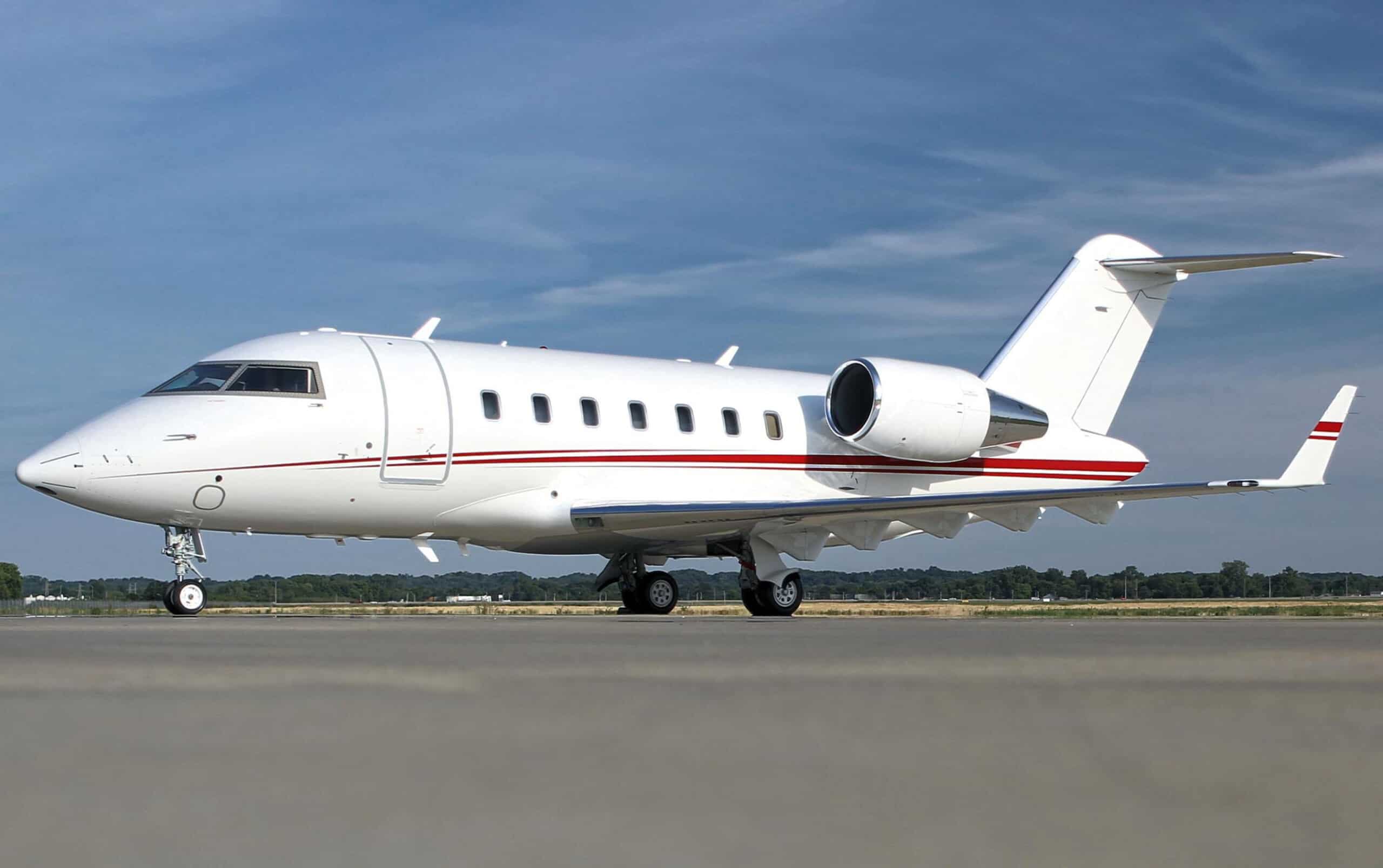
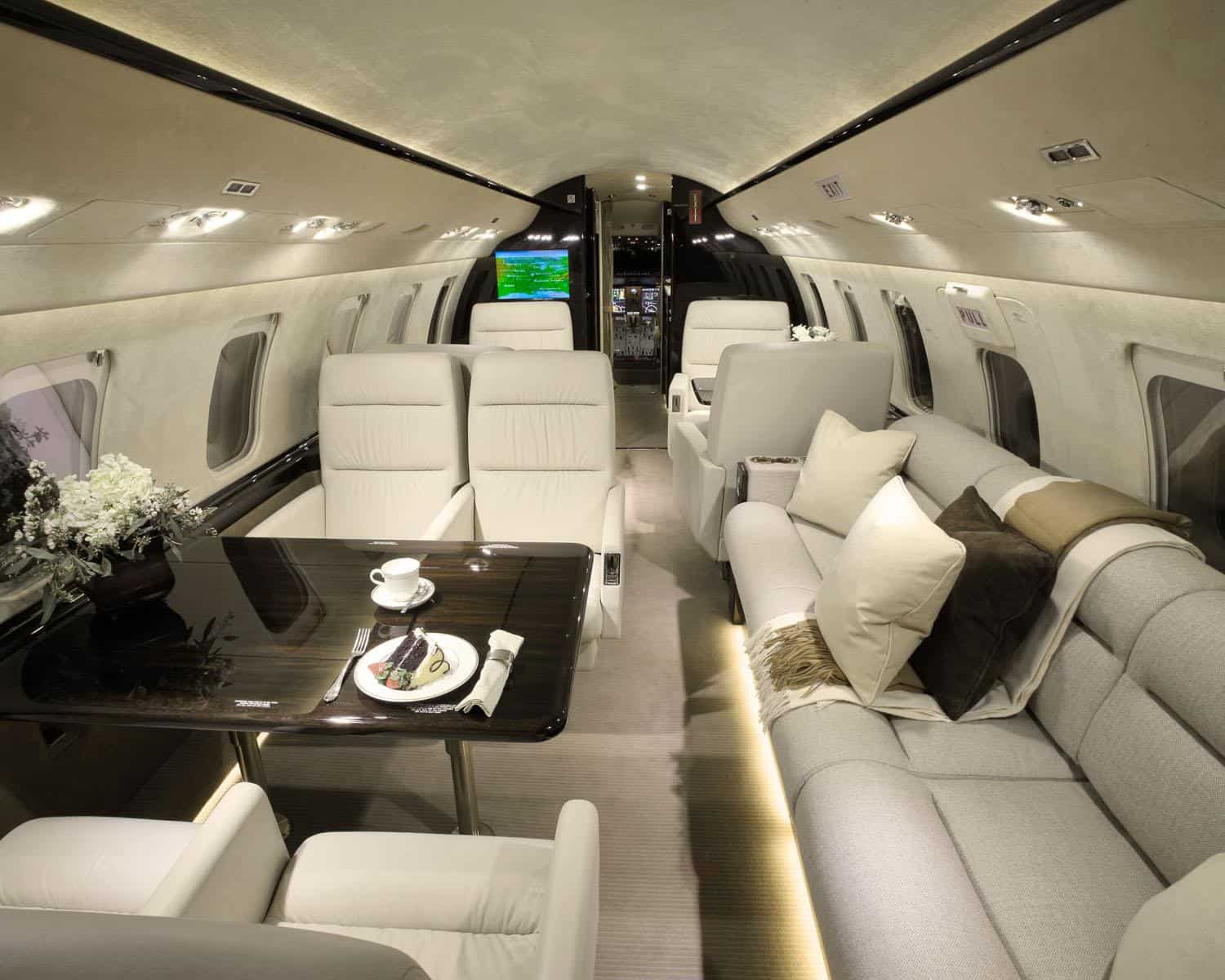
The Bombardier Challenger 600 series is a family of business jets developed by Canadair after a Bill Lear concept, and then produced from 1986 by its new owner, Bombardier Aerospace. At the end of 1975, Canadair began funding the development of LearStar 600, and then bought the design for a wide-cabin business jet in April 1976. On 29 October, the programme was launched, backed by the Canadian federal government, and designed to comply with new FAR part 25 standards.
In March 1977, it was renamed the Challenger 600 after Bill Lear was phased out, and the original conventional tail was changed for a T-tail among other developments. The first prototype was rolled out on 25 May 1978, and performed its maiden flight on 8 November. The flight test program saw a deadly crash on 3 April 1980, but Transport Canada approved the CL-600 type certification on 10 August 1980.
In 1986, Canadair was close to bankruptcy and was bought by Bombardier. The jet was later stretched into the Bombardier CRJ regional airliner, introduced on 19 October 1992, and the longer range Global Express, introduced in July 1999. The 500th Challenger was rolled out in May 2000, and the 1000th was delivered to NetJets in December 2015. By October 2018, 1,066 aircraft had been built.
The Challenger is a low-wing jet powered by two turbofans mounted in aft fuselage pods, with a supercritical wing and a stand-up cabin with two seating sections. The original Lycoming ALF 502 turbofans were replaced by a pair of General Electric CF34s on the CL-601, which also gained winglets, and first flew on 10 April 1982. Subsequent variants have updated systems, avionics, and higher weights.


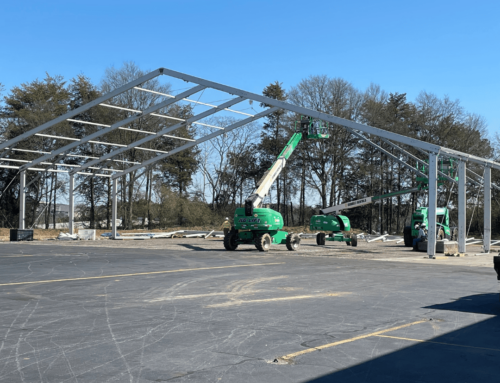
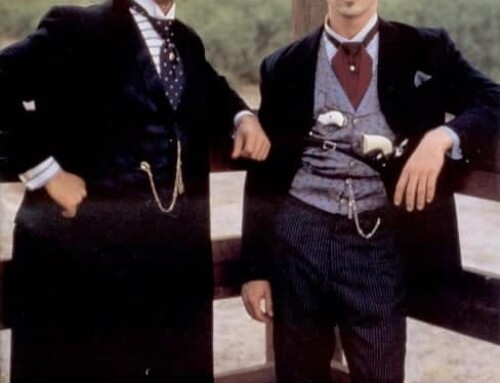
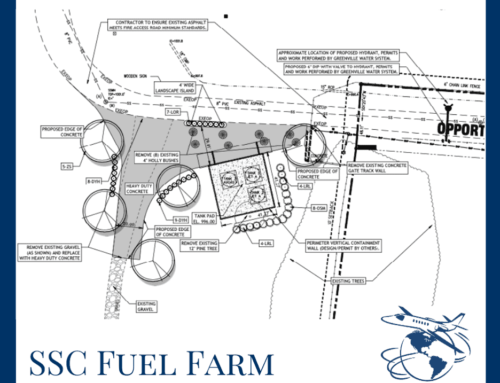
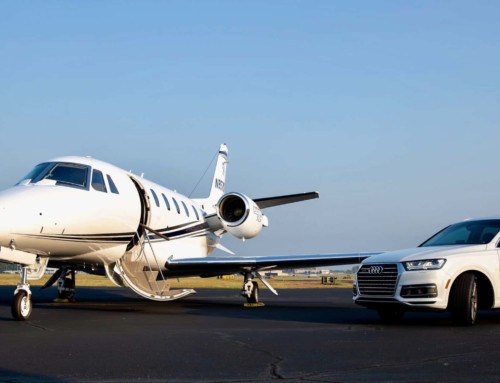
Leave A Comment